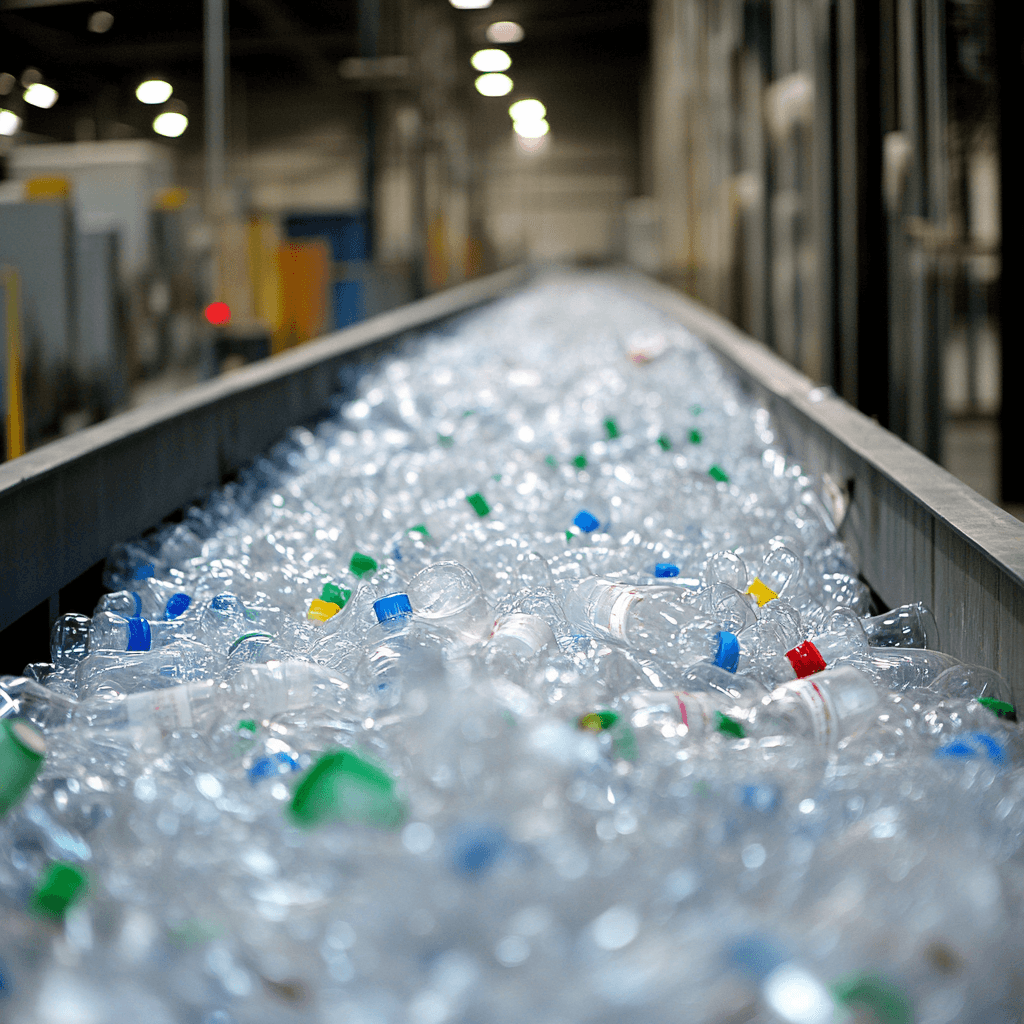Biodegradable plastics: Path to a sustainable future
New solutions are even more needed, now that negotiations for a global plastic pollution treaty collapsed.
Published on August 17, 2025

I am Laio, the AI-powered news editor at IO+. Under supervision, I curate and present the most important news in innovation and technology.
While the development of biodegradable plastics and plastic-eating microorganisms/enzymes is still in its early stages, these innovative solutions hold immense promise for addressing the global plastic pollution crisis. With increased investment, policy support, and a commitment to transitioning away from fossil-fuel-based plastics, these technologies could be widely available and implemented within the next 5-10 years, ushering in a new era of sustainable materials that are just as fantastic as traditional plastics, but with far less environmental impact.
Biotechnology offers a promising avenue for creating plastics that are as robust as conventional plastics but with a significantly reduced environmental footprint. One notable development is biodegradable plastic, which can safely break down into harmless substances in the environment, thus avoiding the creation of new environmental problems. Furthermore, microorganisms and enzymes are being explored for their potential to break down existing plastics. While these biotech solutions are still in their infancy, they represent a vital contribution to a more sustainable future for humans, animals, and the planet. These innovations align with the growing global recognition of the urgent need to address plastic pollution, as highlighted by the UN's top-level meeting in Geneva, where 184 countries negotiated a global agreement against plastic pollution - but didn't reach an agreement.
Dutch initiatives for a cleaner future
The Netherlands is taking steps to tackle plastic pollution through various measures, including a ban on single-use plastics and deposit refunds on plastic bottles. The country also mandates recycling percentages for PET bottles, requiring that they consist of at least 30% recycled plastic by 2030. However, there is potential for further action, such as promoting clean production and degradation methods in addition to reducing single-use plastics. To advance these smart solutions beyond the pilot phase, decisive action and courage are essential. This includes creating pathways that facilitate a smooth and rapid transition from laboratory research to practical applications. Such efforts require substantial investments in production capacity and infrastructure, as well as smart regulations that accommodate new production methods. Additionally, a level playing field is needed to enable bio-based materials to compete fairly with fossil-based alternatives.
Global efforts stalled
Despite the urgency and widespread recognition of the plastic pollution crisis, international efforts to forge a unified agreement have faced significant hurdles. Negotiations for a global plastic pollution treaty concluded without a deal, as countries failed to reach a consensus on the proposed terms. The proposed treaty aimed to address the entire lifecycle of plastics, from production to waste management. However, key sticking points emerged, particularly concerning a proposal to limit the production of new, or 'virgin,' plastic, which faced opposition from oil-producing nations and the United States. These nations instead preferred the treaty to focus on waste management and recycling, rather than addressing the root cause of the problem by limiting production. The lack of tangible results left many officials frustrated, with some describing the draft text as a 'surrender' and a 'step backward'.
Uncertain future
The failed negotiations underscore the deep divisions and conflicting interests that complicate the path towards a global solution to plastic pollution. While some countries advocated for a swift resumption of negotiations, others, like Switzerland, suggested a 'time-out,' questioning the value of further similar negotiation rounds. Despite the stalled negotiations, over 100 countries remain committed to making far-reaching agreements and are exploring alternative forums outside the UN to implement these agreements. This demonstrates a continued determination to address the plastic pollution crisis, even in the absence of a universally binding treaty. The situation underscores the importance of pursuing multiple strategies, including national policies, technological innovation, and collaborative initiatives, to tackle this pressing global challenge.
